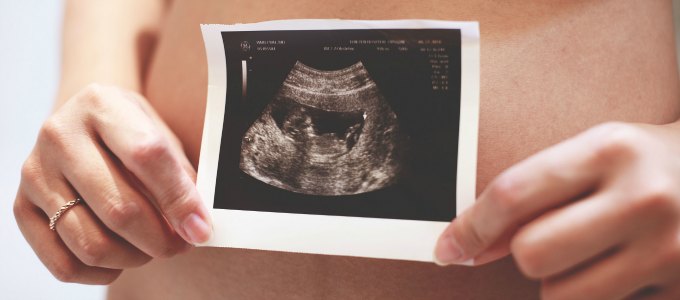Image courtesy of Flickr/Jerry Lai
On July 14, the U.S. Equal Employment Opportunity Commission issued an update to “Enforcement Guidance: Pregnancy Discrimination and Related Issues” for the first time since 1983.
Although some new interpretations are to be expected, this particular update threw employers a few curveballs. For example, it can be interpreted to require employers to modify job requirements, or provide accommodations, for pregnant and lactating workers, even if those workers suffer from no complications and do not have disabilities under the Americans with DisabilitiesAct.
Many employment lawyers and human resources professionals viewed this as a change in the law. Indeed, many courts had rejected the argument that a pregnant woman, who does not qualify as having a disability under the ADA, was entitled to accommodation. Furthermore, this seemed to contradict the EEOC’s previous guidance — and remonstrations in the new guidance — that pregnancy is not, in and of itself, a disability under the ADA.
While the EEOC’s enforcement guidance does not have the force of law and is only entitled to very limited deference by courts, it is often cited by the EEOC and employees’ counsel as though it did have the force of law. That is troubling, because the EEOC provided a very limited opportunity for the affected public to receive notice of and comment on the guidance. It held an open hearing for only 15 days. But there has been more substantive criticism leveled against this guidance from within the EEOC.
The very same day, EEOC Commissioner Constance Barker immediately issued a statement in opposition to the guidance, in which she stated that “the guidance gives even those who do not have a disability as defined by the Americans with Disabilities Act, as amended, the same right to reasonable accommodation as employees with disabilities.”
Barker also argued that the guidance was ill-timed,because the U.S. Supreme Court will be hearing a case in which a central issue is whether an employer has to accommodaterestrictionsof a pregnant employee who is not considered to have a disability under the ADA. That case, Young v. United Parcel Service Inc., which arose in the 4th Circuit, would provide the requisite guidance for employers.
The question the Supreme Court is poised to answer is the very same as that the EEOC guidance addresses: “Whether, and in what circumstances, the Pregnancy Discrimination Act, 42 U.S.C. § 2000e(k), requires an employer that provides work accommodations to non-pregnant employees with work limitations to provide work accommodations to pregnant employees who are ‘similar in their ability or inability to work.’ ”
If the Supreme Court’s opinion is inconsistent with the EEOC’s interpretation, Barker pointed out, then employers would have been relying on faulty guidance. In other words, this issue was about to be definitively decided, and the EEOC did not need to “fill a void.” It was only creating a possibility of conflict.
Barker was not the only EEOC commissioner who objected. Like Barker, Commissioner Victoria Lipnic took issue with the absence of a meaningful opportunity for public notice and comment and noted the timing was not appropriate given the impending Young decision.
Commissioner Chai Feldblum, who supported the guidance (and apparently was involved in its creation), issued his own statement. He responded directly to the Barker and Lipnic statements, saying that the EEOC was not remiss to issue the guidance so close in time to a decision on Young but rather that “we owe it to the Supreme Court to present the results of our process.”
Youngwill not be decided until the next Supreme Court term. The parties will file their briefs this fall. In the meantime, employers will wait expectantly for that decision to determine what they must do to accommodate expecting employees who do not have disabilities.















